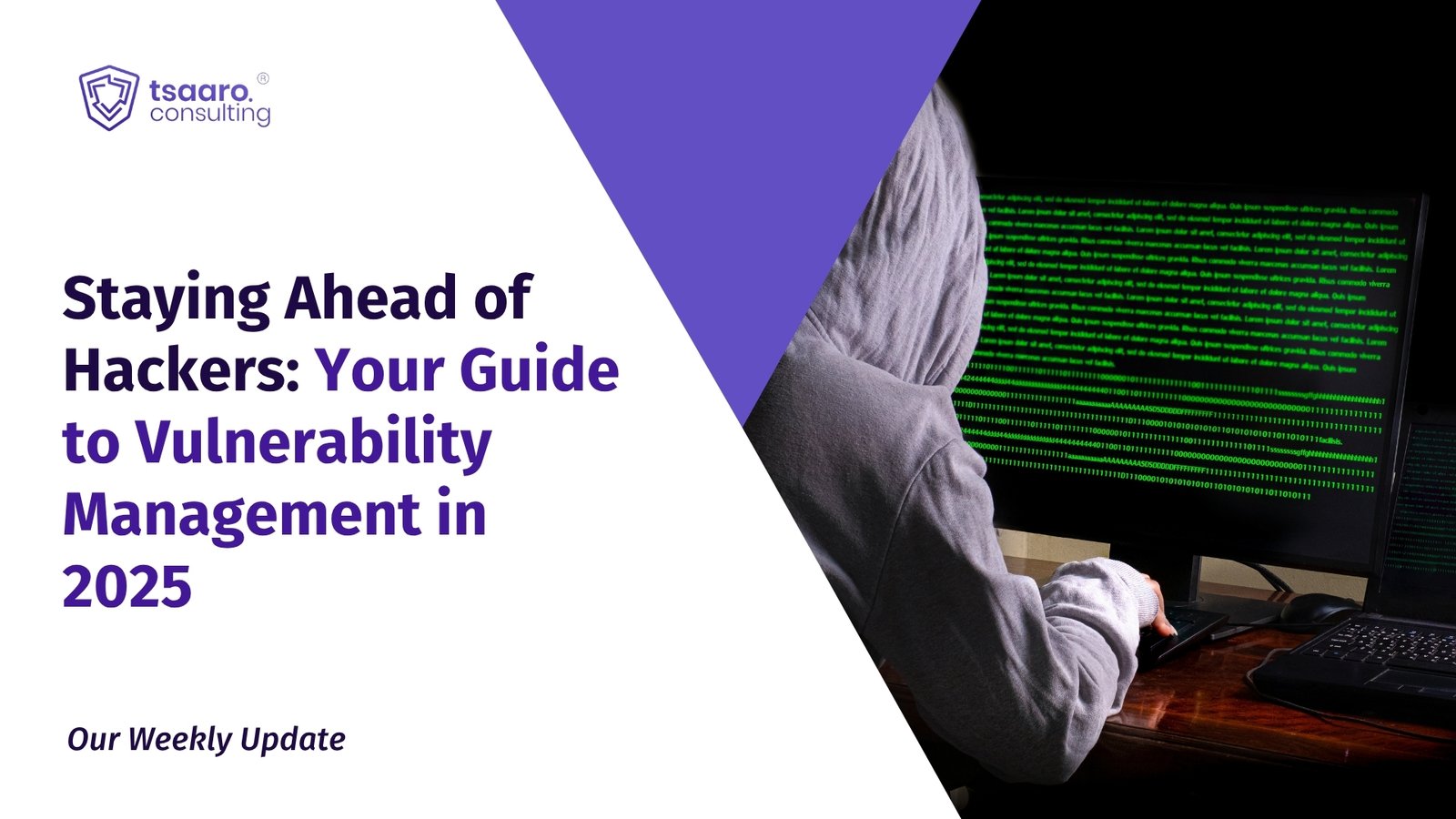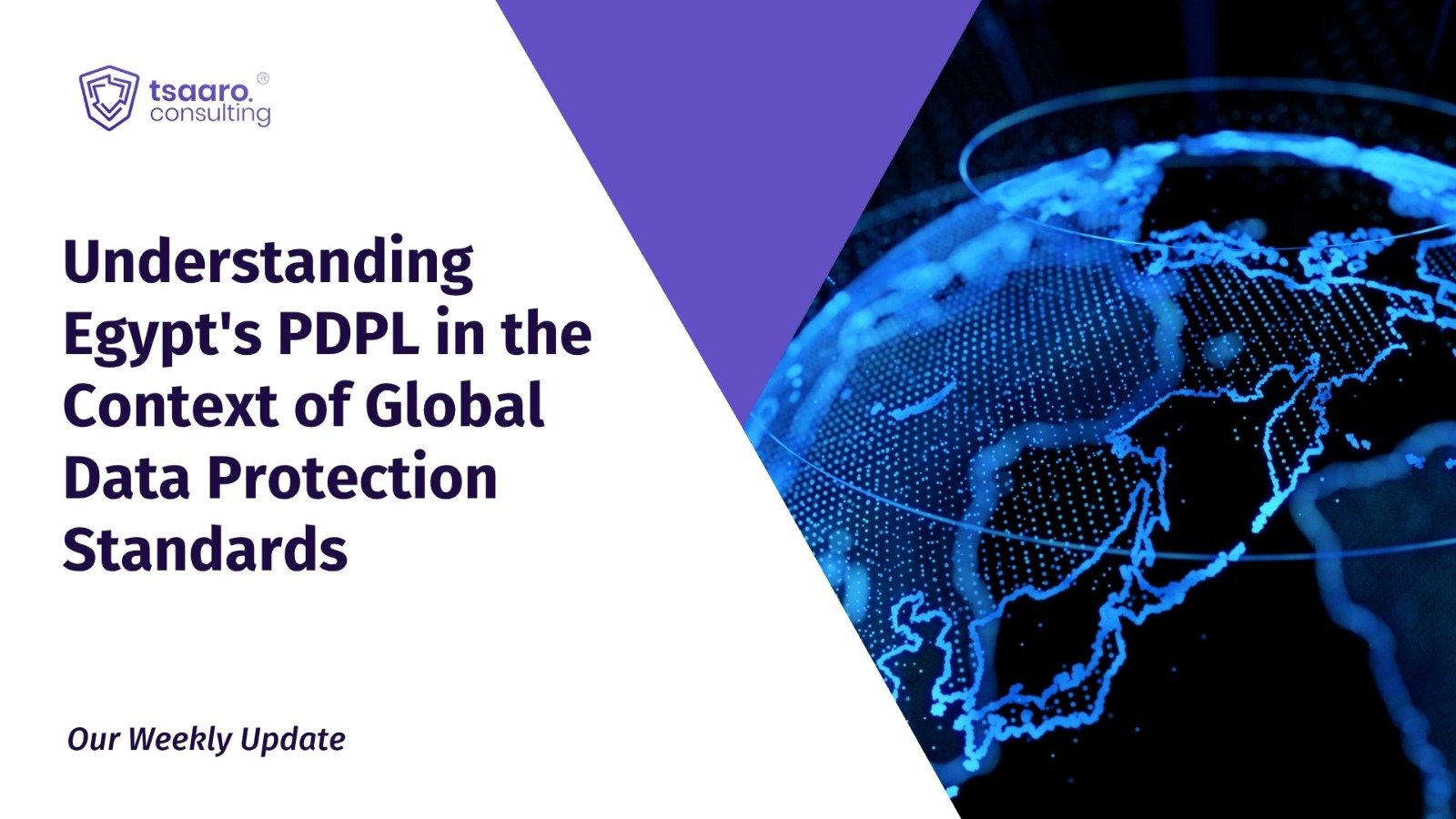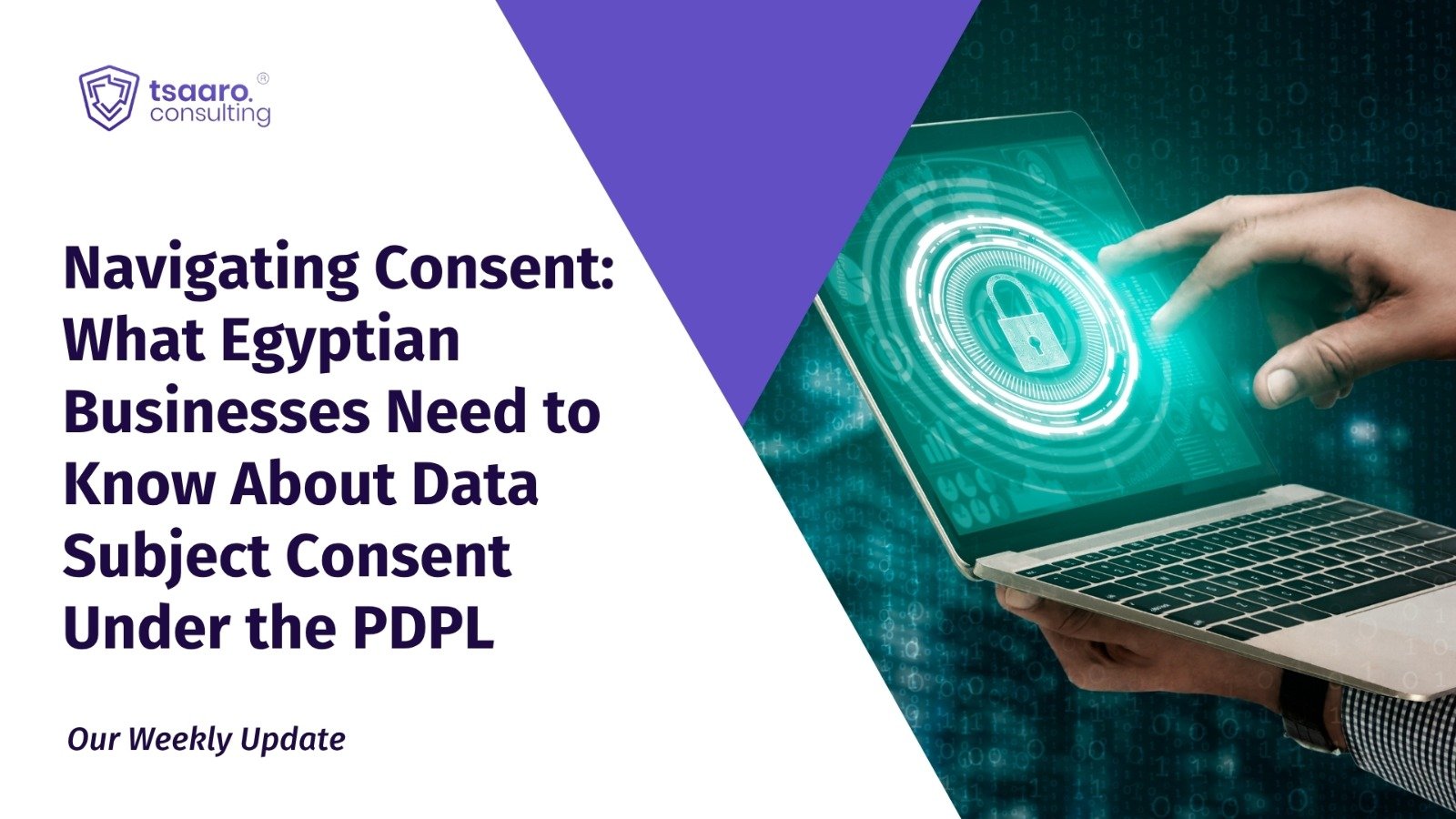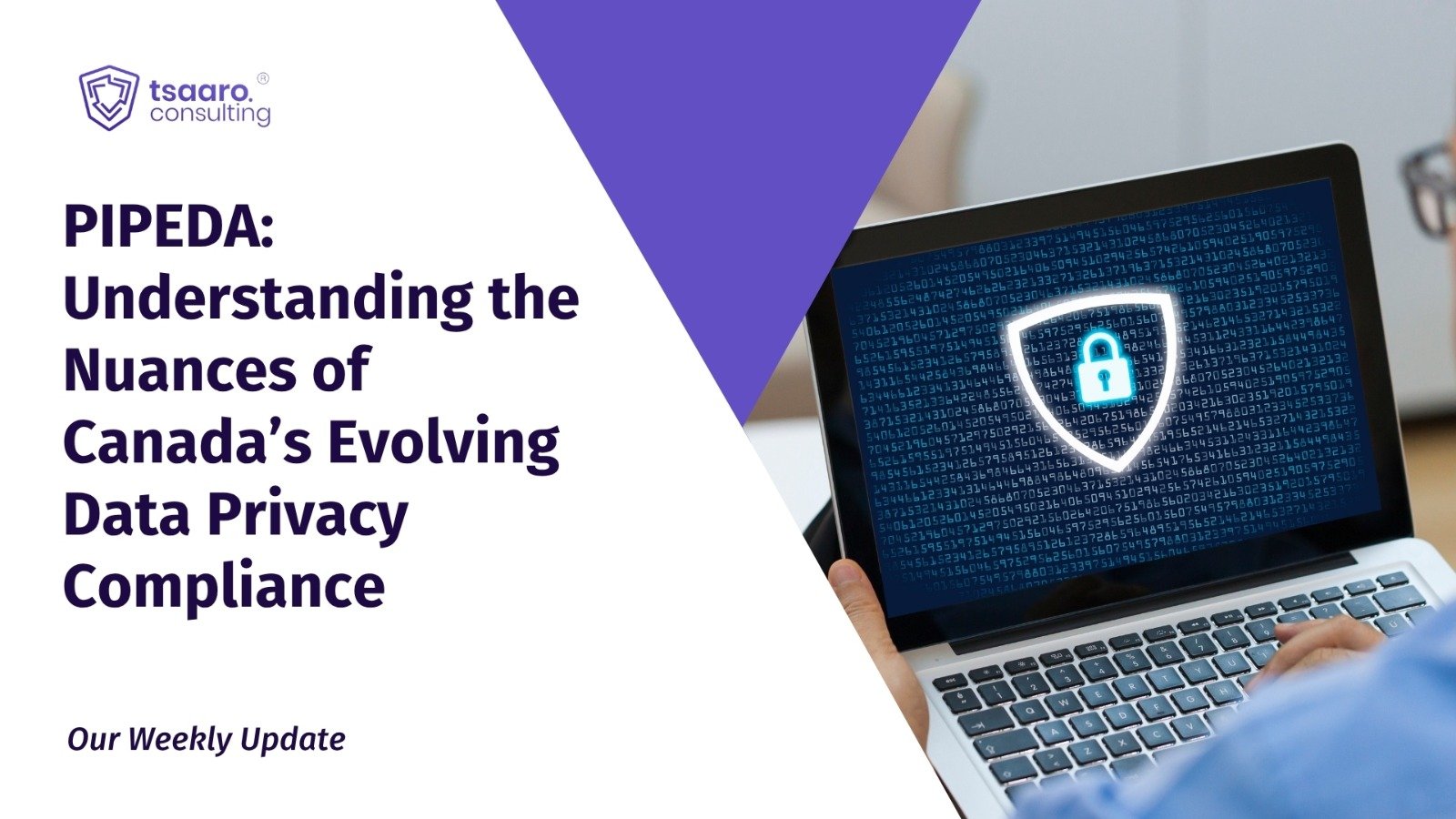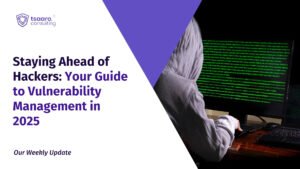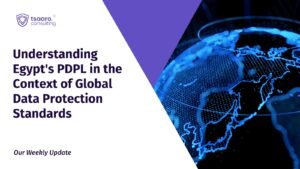Introduction
In 2025, defending against cyber threats demands more than traditional vigilance. It needs intelligent, human-centered resilience. As attackers use AI-powered tools using self-mutating malware and ultra-realistic phishing techniques, security teams are turning to “good-guy AI” to safeguard critical systems and sensitive data.
According to the report “Rise of AI-powered Vulnerability Management,” released by Dark Reading and Seemplicity on March 20, 2025, 86 percent of North American cybersecurity teams now use AI tools in their security setups. Vulnerability and risk management takes the top spot for usage. With tens of thousands of new vulnerabilities reported annually and many weaponised within days, timely action has never been essential.
This guide is a modern, risk-based approach that continuously discovers assets, prioritises them based them based on business impact and compliance needs, and uses automation and intelligence to stay secure and adaptable.
A. The Ever-Evolving Threat Landscape in 2025
Attackers today, lean on AI and machine learning to automate reconnaissance, craft phishing campaigns that feel personal, and even morph malware on the fly to slip past traditional defenses. Meanwhile, ransomware-as-a-service has turned into a lucrative black-market setup, making it easier than ever to launch large-scale, damaging attacks. At the same time, the shift to cloud infrastructure, remote work environments, and a flood of IoT and edge devices has exploded the digital attack surface. Many of these devices go unchecked, creating blind spots and invitations for attackers.
Old-school vulnerability scans and manual patching? They just don’t cut it anymore. Today’s threats are zero-day exploits, polymorphic malware, supply-chain compromises, and demand continuous, intelligent defense strategies. And with breach penalties under GDPR, CCPA, and India’s DPDP Act reaching into the tens of millions, the stakes are sky-high. Not to mention the reputational fallout the moment you leak customer data, trust evaporates.
Think about SolarWinds or Log4Shell, both show that attackers now aim straight for trusted third-party services and plugins effectively sidestepping traditional perimeter defenses. In this interconnected world, a reactive approach isn’t just slow, it’s dangerous. You need always-on vulnerability intelligence: real-time asset discovery, risk-based prioritization, and swift remediation.
B. What is Vulnerability Management?
Vulnerability management is a continuous, proactive, and often automated discipline focused on identifying, assessing, and addressing security weaknesses in an organisation’s systems, networks, and applications. It is an essential part of any cybersecurity strategy, playing a significant role in reducing exposure to attacks and limiting the impact of breaches.
The primary goal is to lower organizational risk by systematically fixing known vulnerabilities before they can be exploited. However, due to the high volume of potential threats and limited resources, it is not practical to address every vulnerability. Therefore, it is vital to take a risk-based approach that evaluates exploitability, asset value, and regulatory impact when deciding which actions to take.
Importantly, vulnerability management is an ongoing process. It needs to adjust to new technologies, changing attack methods, and evolving compliance requirements.
II. The Shifting Landscape: Key Trends in Vulnerability Management for 2025
A. Automation and AI Take Center Stage
AI-powered scanners evaluate code, configurations, and network activity in real time, uncovering misconfigurations and predicting potential attacker routes. Automated remediation playbooks can implement patches or enforce security controls without human input, greatly reducing the mean time to remediate. Predictive risk scoring, which combines exploit history, MITRE ATT&CK frameworks, and environmental context, helps prioritize the vulnerabilities that matter most.
B. Moving Beyond CVEs to Exposure Management
Exposure management tracks how sensitive data moves across APIs, cloud assets, IoT devices, and third-party integrations. Tagging assets based on data sensitivity, such as personal health information or intellectual property, allows for more accurate risk prioritization. Attack-path analytics simulate chained exploits, giving defenders a chance to disrupt possible exploitation paths before they occur.
C. Continuous Monitoring and Contextual Awareness
Constant telemetry is now standard. Endpoint, cloud, and network signals are integrated into a centralized security data platform. Real-time dashboards highlight deviations from the norm, such as unauthorized virtual machines or unpatched assets, and automatically enforce corrective actions. Live threat intelligence enhances alerts with real-world context, allowing for quick and informed responses.
D. Managing Supply Chain and Third-Party Risk
As software supply chain attacks increase, ongoing visibility into dependencies is crucial. Software bills of materials and open-source scanning tools help identify vulnerable components in libraries and containers. Vendor risk management platforms offer alerts on third-party vulnerabilities and ongoing exploit trends, helping organizations anticipate and address upstream risks. Contracts now often include clauses that require partners to disclose vulnerabilities and fix them within set timelines.
E. Embedding Compliance and Governance
Vulnerability management programs must now align with regulatory requirements, including GDPR, PDPB, HIPAA, NIS2, and DORA. Compliance is built into workflows, from automated evidence gathering to policy enforcement in CI/CD pipelines. Unified dashboards offer visibility into patch coverage, vulnerability exposure, remediation timelines, and compliance status, supporting security governance and oversight from the board. Regular meetings between security, privacy, legal, and IT stakeholders ensure risks are addressed cooperatively and transparently.
III. Foundations of a Modern Vulnerability Management Program
Keep an accurate, dynamic inventory of all digital assets, including endpoints, containers, cloud services, IoT devices, and third-party systems. Tag each asset with data sensitivity and business ownership. Centralize this information in a configuration management database to uncover shadow IT and maintain operational visibility.
B. Proactive and Embedded Scanning
Automate vulnerability scans across networks, applications, containers, and infrastructure as code. Integrate scans within CI/CD pipelines and match findings with data flow maps to understand the full context of each vulnerability.
Go beyond CVSS scores by combining exploit intelligence, asset criticality, and business impact. Use AI models to highlight the top five to ten percent of vulnerabilities that pose the greatest risk, allowing for targeted and timely action.
D. Efficient Remediation and Patching
Use automated tools to scale patch deployment with minimal disruption. Apply compensating controls when immediate fixes are not possible. Set service-level agreements for critical patches and track performance metrics like patch success rates and average resolution times.
E. Continuous Monitoring and Validation
Feed telemetry into a unified data platform. Regularly conduct scans and penetration tests to verify control effectiveness. Update inventories and risk assessments often to reflect changing threats and business operations.
F. Intentional Testing and Red Teaming
Regularly simulate real-world attacks through penetration testing and red team exercises. Follow up with purple team collaborations to address security gaps and refine detection and response abilities.
IV. Addressing Implementation Challenges
A. Managing Scale and Velocity
B. Securing Hybrid Infrastructure
Maintain consistent visibility across public cloud, private cloud, on-premise data centers, and edge environments. Implement standard tagging conventions and role-based access policies to ensure uniform control no matter the deployment model.
C. Bridging the Cybersecurity Skills Gap
Equip development and operations teams with self-service vulnerability management tools. Use security orchestration platforms to automate regular tasks. Partner with managed security service providers for coverage and expertise, and invest in gamified learning and training simulations to build internal capability.
D. Ensuring Integration Across the Enterprise
Smooth integration is vital for effective vulnerability management. Link your platform with SIEMs for real-time alerts, ITSM tools for ticketing and workflow automation, and CI/CD pipelines for proactive scanning. Make sure that contextual data flows back and forth between systems so that each team can access the complete picture. This approach cuts down on duplicate efforts, speeds up remediation, and enhances accountability.
V. Building a Resilient and Future-Ready Program
A. Foster a Security-First Culture
Create awareness and accountability across the organization. Conduct training, phishing simulations, and tabletop exercises. Recognize and reward teams for quick remediation and ongoing improvement to reinforce shared responsibility.
B. Embrace Security by Design
Include threat modeling early in project lifecycles. Incorporate tools like static and dynamic analysis, software bills of materials, and secret scanning into build processes. Define policies as code and use automated checks to enforce security standards in real time.
C. Invest in Scalable and Adaptive Tools
Choose platforms that offer extensive coverage across assets and threat types, with features like AI-driven discovery, automated patching, and context-aware risk scoring. Prioritise tools that support regulatory reporting and fit seamlessly into your existing tech stack.
D. Align with Business and Regulatory Requirements
Connect vulnerability management goals to operational risk, regulatory compliance, and organizational resilience objectives. Set clear governance structures and ensure that findings contribute to enterprise risk and compliance programs.
E. Measure and Refine Continuously
Track metrics such as mean time to remediate, number of exploitable vulnerabilities, and compliance status. Conduct regular audits and breach simulations to test response readiness. Use feedback loops to refine processes and tools, and benchmark performance against NIST, ISO, or CIS standards. Applying the Plan, Do, Check, Act cycle helps transform vulnerability management into a disciplined and iterative practice that evolves with business and threat landscapes. Track metrics like mean time to remediate, number of exploitable vulnerabilities, and compliance status. Regularly conduct audits and breach simulations to test response readiness. Use feedback loops to refine processes and tools, and compare performance against NIST, ISO, or CIS. Applying the Plan-Do-Check-Act cycle helps transform vulnerability management into a structured and ongoing process that evolves with business needs and threat landscapes.
VI. Conclusion
Vulnerability management in 2025 goes well beyond a mere technical requirement. It serves as the backbone of building digital trust, supports uninterrupted operations, and ensures compliance with a growing number of privacy and security regulations. To stay ahead of evolving threats, Organizations must need to adopt a proactive, intelligent, and risk-informed approach to stay ahead of threats. By integrating automation, fostering cross-department collaboration, and tightly aligning vulnerability management with their organisational goals, security leaders can shift from reactive patching to strategic risk reduction. Organizations that commit to continuous improvement and smart investments in scalable tools will lower their exposure to threats and establish themselves as responsible digital stewards.
Are you confident that your vulnerability management program meets the demands of modern threats and compliance requirements?
Here’s how to begin:
- Conduct a baseline assessment of your current program against NIST, ISO, or DPDP frameworks.
- Map and classify your digital assets to understand what is at stake.
- Implement contextual risk scoring to focus resources where they matter most.
- Automate routine processes, and establish governance oversight to ensure accountability.
Need expert guidance? Our cybersecurity advisory team can help you design, operationalise, and refine a risk-aligned vulnerability management framework. Visit www.tsaaro.com to explore how we can support your security objectives in 2025 and beyond.


